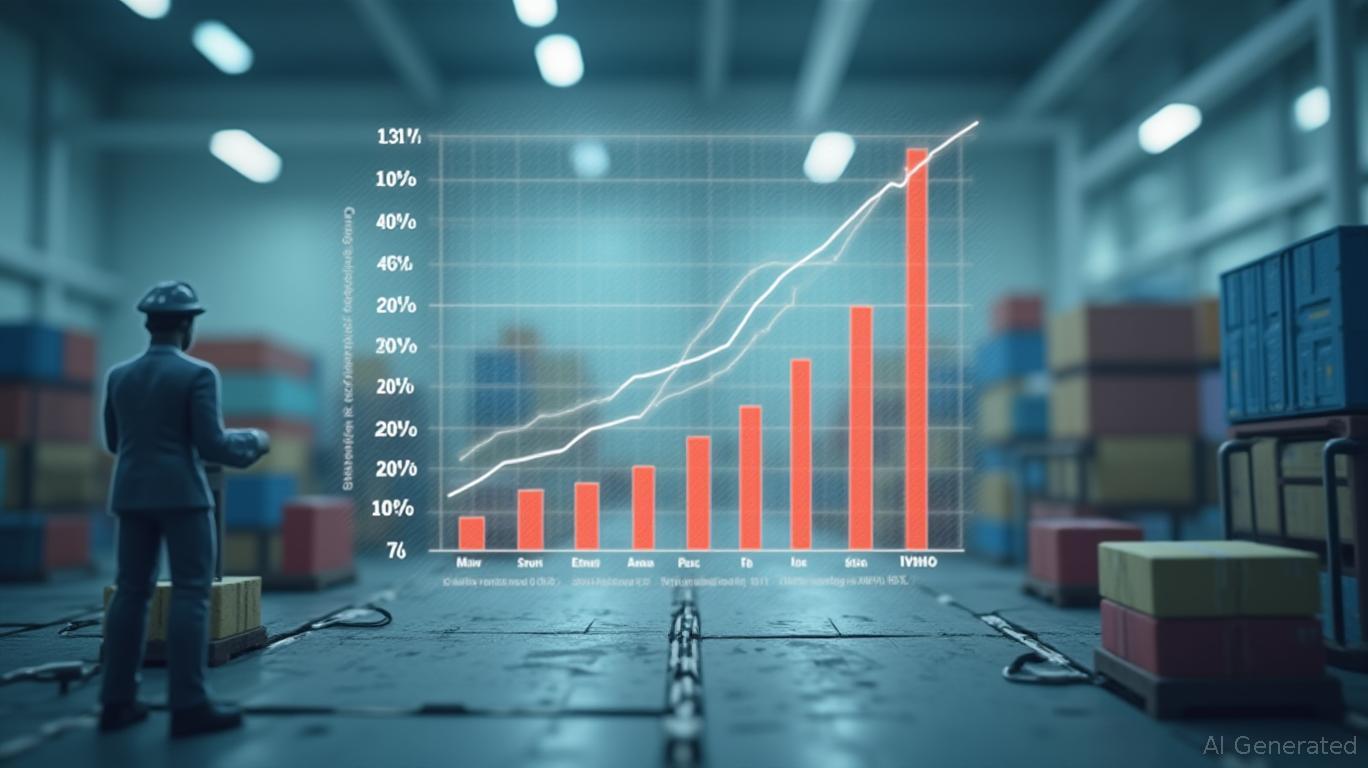Tariff Turbulence and Labor Shifts: Navigating Volatility in US Equities
The US equity market faces a perfect storm of tariff-driven uncertainty and sector-wide job cuts, creating both risks and opportunities for investors. With trade tensions simmering and companies slashing costs, sectors like industrials, tech, and consumer discretionary are grappling with structural challenges. This analysis breaks down the key exposures, recent layoffs, and upcoming data points to guide selective long/short strategies.

The Tariff Landscape: A Minefield for Industrials
The US has weaponized tariffs as a tool of economic diplomacy, with 50% duties on steel and aluminum now in effect (effective June 4). These tariffs, which eliminate prior exemptions for allies like the EU, directly pressure industrials. Automakers such as
, which cut 200 jobs at its Michigan plant, face rising material costs and supply chain bottlenecks.The legal fight over tariffs adds to uncertainty. While the Supreme Court may uphold IEEPA-based levies linked to China's fentanyl exports, Section 232 investigations into copper and semiconductors threaten further disruptions. Companies like Siemens, which laid off 5,600 workers in automation divisions, must now navigate a landscape where “substantial transformation” rules complicate trade compliance.
Tech: Cutting Costs to Survive Automation and Trade Wars
The tech sector's recent layoffs—6,000 at Microsoft, 500 at CrowdStrike—highlight a dual threat: tariff-driven inflation and AI-driven labor substitution. Microsoft's focus on programmers over managers underscores a shift toward efficiency amid rising input costs.
The semiconductor industry faces its own crisis. Intel's 21,000 layoffs (20% of its workforce) reflect declining demand for traditional servers and rising competition from AI-centric rivals. Meanwhile, the rare earth mineral shortage—80% of which China processes—threatens critical supply chains for tech and automotive.
Consumer Discretionary: A Sector in Transition
Consumer discretionary firms are caught between post-pandemic demand normalization and cost-cutting pressure. Wayfair's 340 layoffs in its tech division and Chegg's 248 cuts due to AI-driven edtech disruption show how digitization is reshaping industries.
The meal kit company HelloFresh's Texas layoffs and TikTok's Dublin job cuts emphasize geographic diversification challenges.
Key Data Points to Watch
- June 6: The BLS jobs report for May will test if the 4.2% unemployment rate holds. A rise could signal broader labor market weakness.
- July 1: The S&P Global US Manufacturing PMI will reveal if contraction (May's 48.5) deepens, with tariffs exacerbating price pressures.
- July 11: June's jobs report will gauge the impact of recent layoffs on payroll growth.
Investment Strategy: Play Resilience, Short Vulnerability
Long Positions:
- Tech: Invest in companies with tariff-exempt supply chains or AI-driven automation (e.g., NVIDIA, which leverages domestic chip production).
- Industrials: Target firms with FTZ (Foreign Trade Zone) lock-in benefits or diversified material sourcing. Caterpillar's global supply network may offer an edge.
Short Positions:
- Consumer Discretionary: Avoid companies reliant on Chinese-manufactured goods (e.g., Amazon's Devices division) or facing AI-driven demand shifts.
- Industrials: Short automakers exposed to rare earth shortages and steel tariffs unless they secure exemptions.
Neutral to Overweight Sectors:
- Healthcare: Insulated from tariff disputes and labor cost pressures, with steady demand.
- Utilities: Defensive plays with stable cash flows.
Conclusion
The coming months will test companies' ability to navigate tariff cliffs and labor market shifts. Investors should prioritize firms with diversified supply chains, tariff mitigation strategies, and exposure to secular trends like AI. With the July 9 reciprocal tariff deadline looming, sectors like industrials and tech face near-term headwinds—but those that adapt could outperform when trade tensions ease.
Stay nimble, and let the data be your guide.


Comments
No comments yet